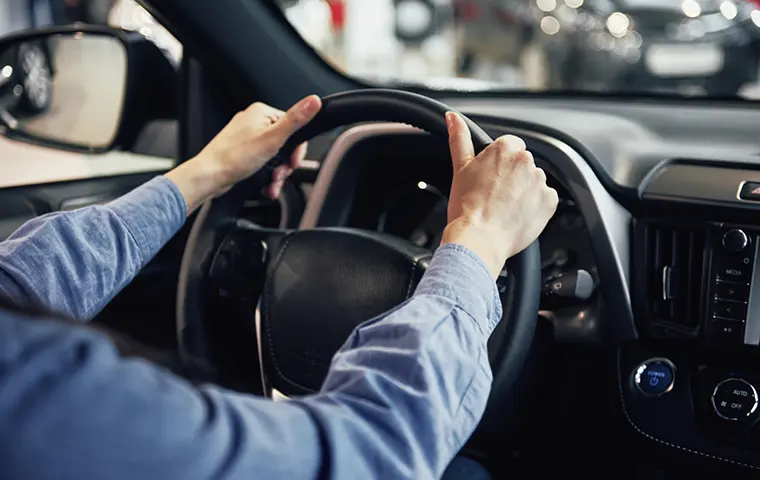When you purchase new vehicles for your fleet, you likely consider their safety rating. You know that your vehicle will have all the bells and whistles — airbags, seat belts, antilock brakes, etc. — but that doesn’t necessarily mean you know how the vehicle will behave in a crash. That’s what car safety ratings tell you. Let’s explore how car safety ratings are calculated and who awards car safety ratings.
How are Car Safety Ratings Calculated?
Cars and trucks undergo several tests to determine their safety capabilities.
- Crash Tests: We’ve all seen crash tests on TV and in commercials. The Insurance Institute for Highway Safety and the National Highway Traffic Safety Administration conducts these tests. They have become more strict, so you should measure a pre-2011 model differently than a post-2011 model. Learn how these tests work in detail on the NHTSA website.
- Accident Avoidance: A vehicle should be able to help you avoid a crash from ever occurring in the first place. We don’t see the statistics for near-misses when we look into vehicle safety, only crashes. Many factors are tested for accident avoidance, but braking and emergency handling are two significant elements.
- Rollover Resistance: Rollovers are particularly concerning when dealing with SUVs and pickups. The rollover resistance rating is based on two factors. First is the static stability factor, determined by measuring the vehicle at rest and seeing how top-heavy it is. Second is the dynamic rollover test, which simulates the steering maneuvers a driver would have to make in an emergency. If the vehicle tips, it fails, and that lowers its star rating slightly.
- Roof Strength: If a rollover does occur, you want to be sure that you won’t be crushed by your vehicle’s roof. Therefore, the strength of each vehicle’s roof is tested.
- Rear-Impact Protection: While rear-end accidents are rarely fatal, they often cause injuries, especially to the neck. To analyze a vehicle’s rear-impact protection, the IIHS looks at the design of a car’s head restraints and seats.
- Rear Blind Zones: SUVs and pickups have substantial blind spots, the area behind a vehicle that drivers can’t see when looking in the rearview mirror. To test blind spots, testers sit in the driver’s seat of the parked vehicle while someone stands in the back and holds their hand about waist level. That person walks back slowly until you can see their hand. The space that they’ve walked determines your blind spot.
Who Determines Car Safety Ratings?
We mentioned two entities above: the Insurance Institute for Highway Safety (IIHS) and the National Highway Traffic Safety Administration (NHTSA). These are two separate safety ratings that involve different tests. NHTSA uses a star rating, with five stars being the top score. They perform 90 to 125 tests each year. Meanwhile, the IIHS uses a grading system: good, acceptable, marginal, or poor. If a vehicle earns a “good” rating in all six crash tests, it is awarded Top Safety Pick +.
Learn More Before Purchasing Your Next Vehicle
If you are purchasing new vehicles for your fleet, there are many factors to consider. Check out some of our blog articles to help aid in your decision.
What Type of Vehicle is Best for Your Fleet?
When is the Best Time to Replace Fleet Vehicles?
Considerations for Buying vs. Leasing Fleet Vehicles
How to Decrease Fleet Costs with Proper Vehicle Acquisition Practices








